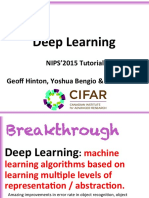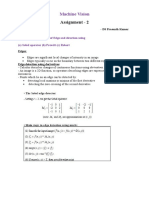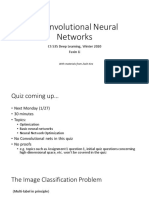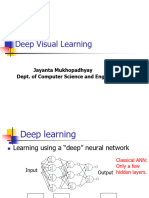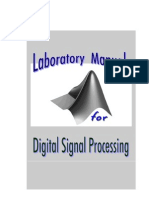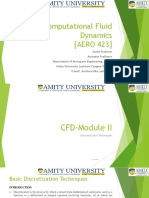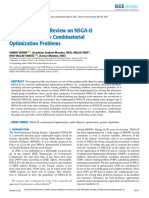0% found this document useful (0 votes)
26 views19 pagesLecture 19
The lecture discusses the challenges of image recognition, including variations in lighting, viewpoint, and occlusion, which complicate object identification. It highlights the use of convolutional neural networks (CNNs) like LeNet5, which utilize replicated feature detectors and pooling to improve recognition accuracy without requiring segmentation. The presentation also touches on the importance of prior knowledge and data augmentation in enhancing machine learning models for image recognition tasks.
Uploaded by
zapwix0Copyright
© © All Rights Reserved
We take content rights seriously. If you suspect this is your content, claim it here.
Available Formats
Download as PDF, TXT or read online on Scribd
0% found this document useful (0 votes)
26 views19 pagesLecture 19
The lecture discusses the challenges of image recognition, including variations in lighting, viewpoint, and occlusion, which complicate object identification. It highlights the use of convolutional neural networks (CNNs) like LeNet5, which utilize replicated feature detectors and pooling to improve recognition accuracy without requiring segmentation. The presentation also touches on the importance of prior knowledge and data augmentation in enhancing machine learning models for image recognition tasks.
Uploaded by
zapwix0Copyright
© © All Rights Reserved
We take content rights seriously. If you suspect this is your content, claim it here.
Available Formats
Download as PDF, TXT or read online on Scribd
/ 19



